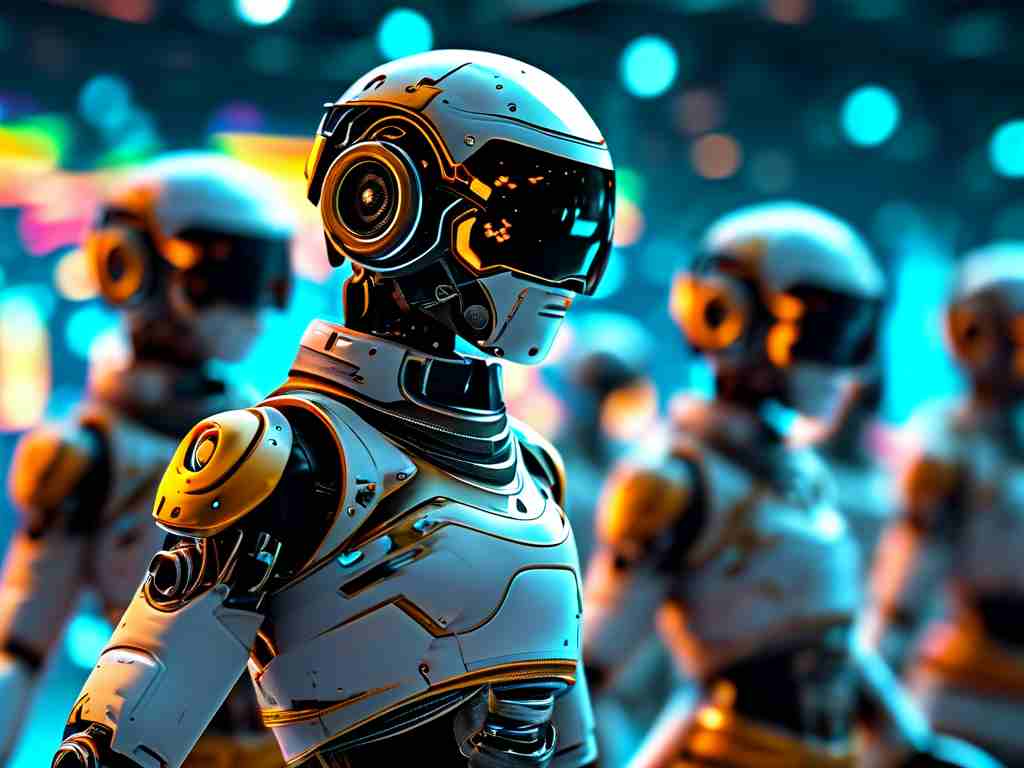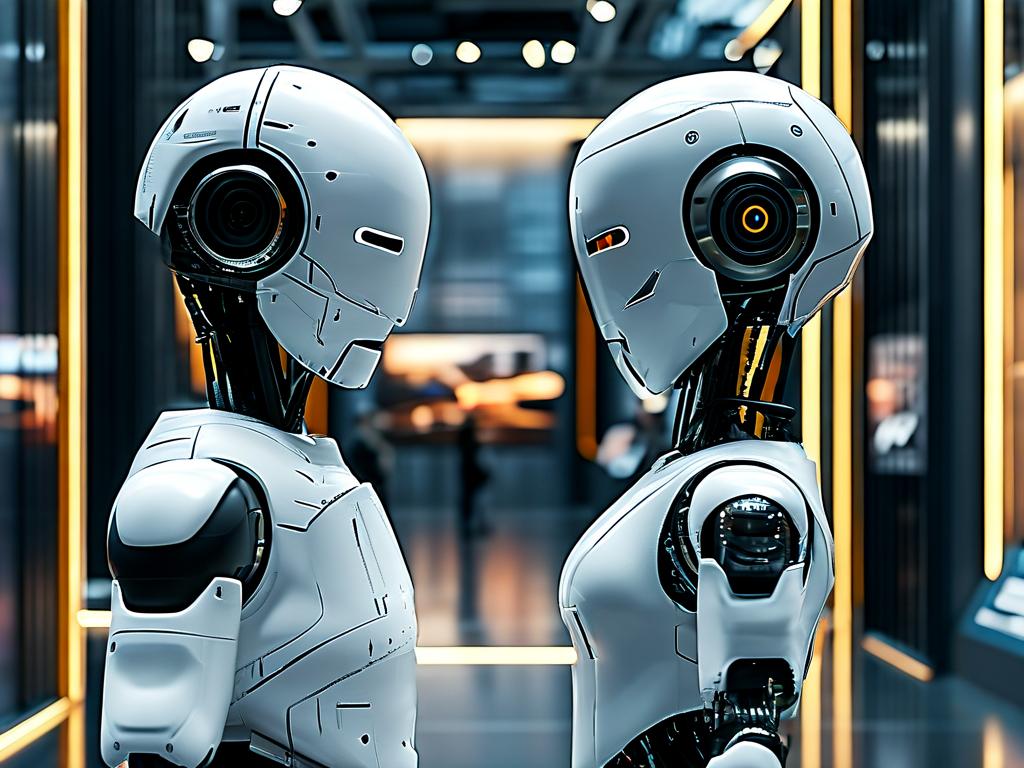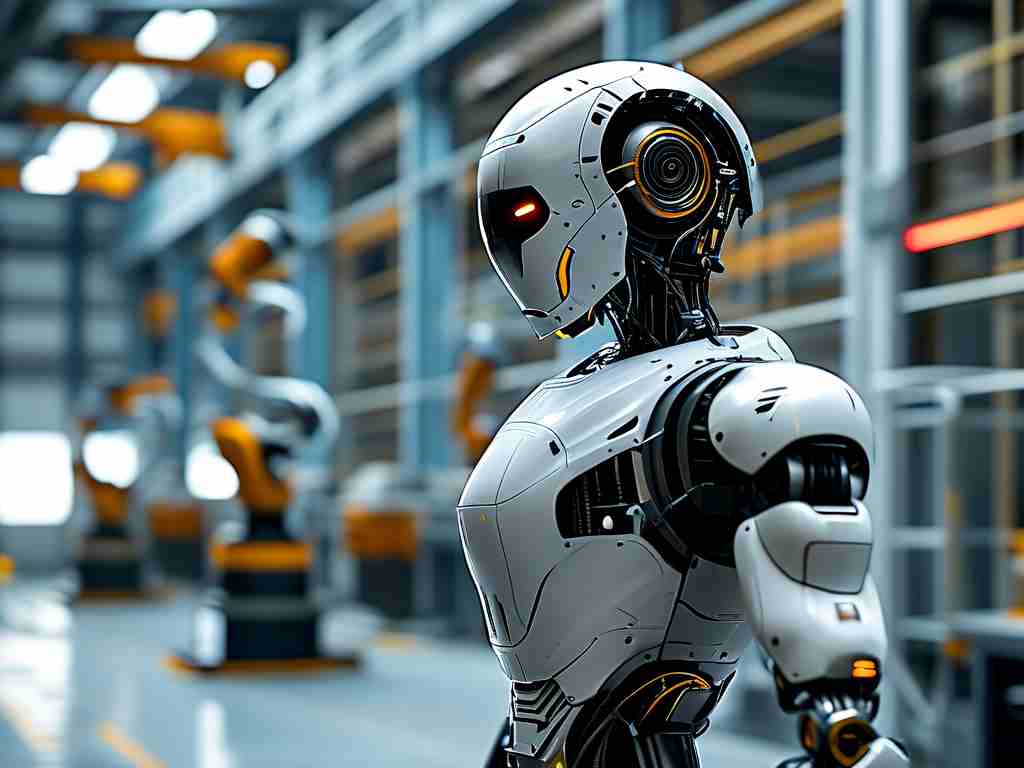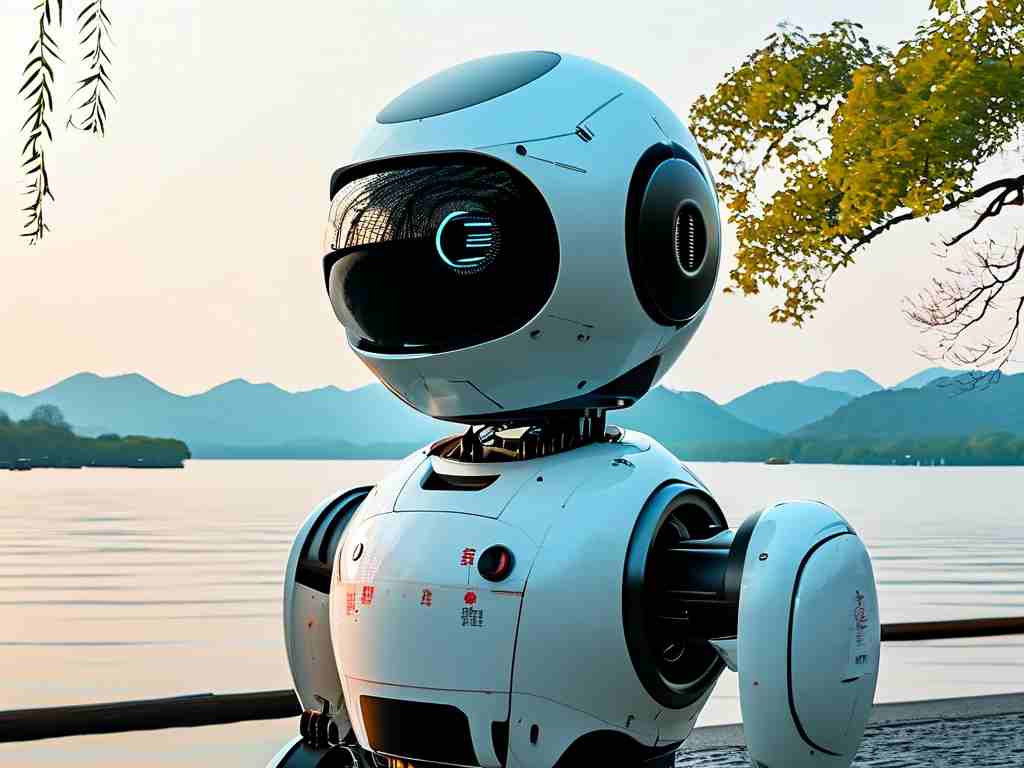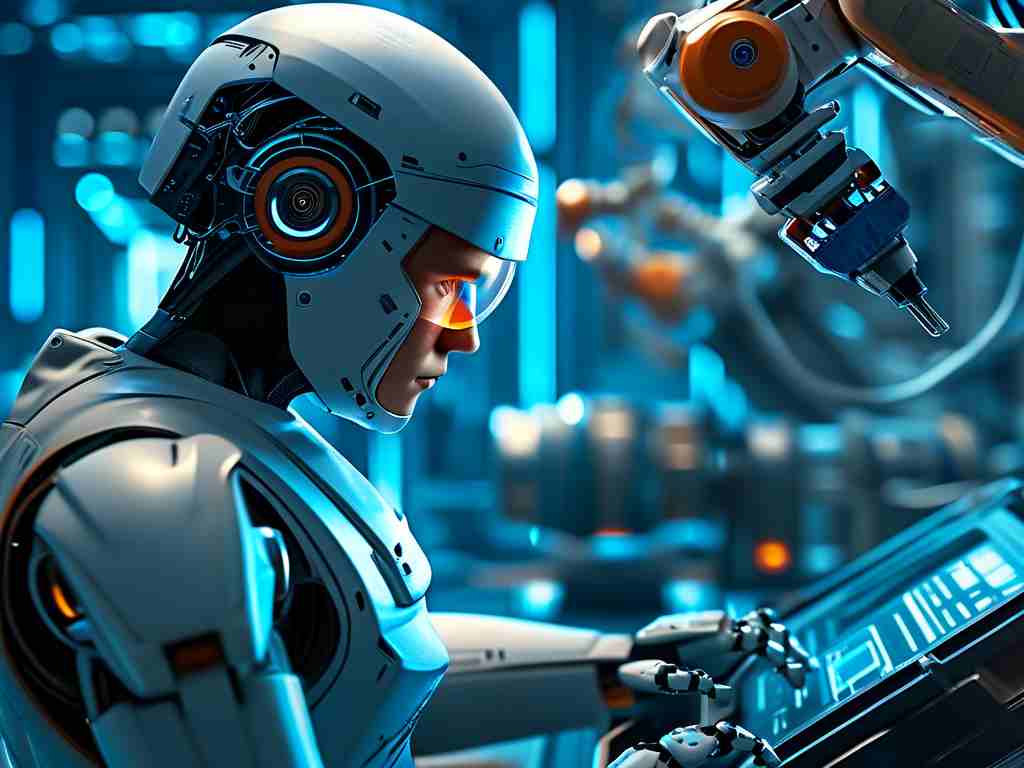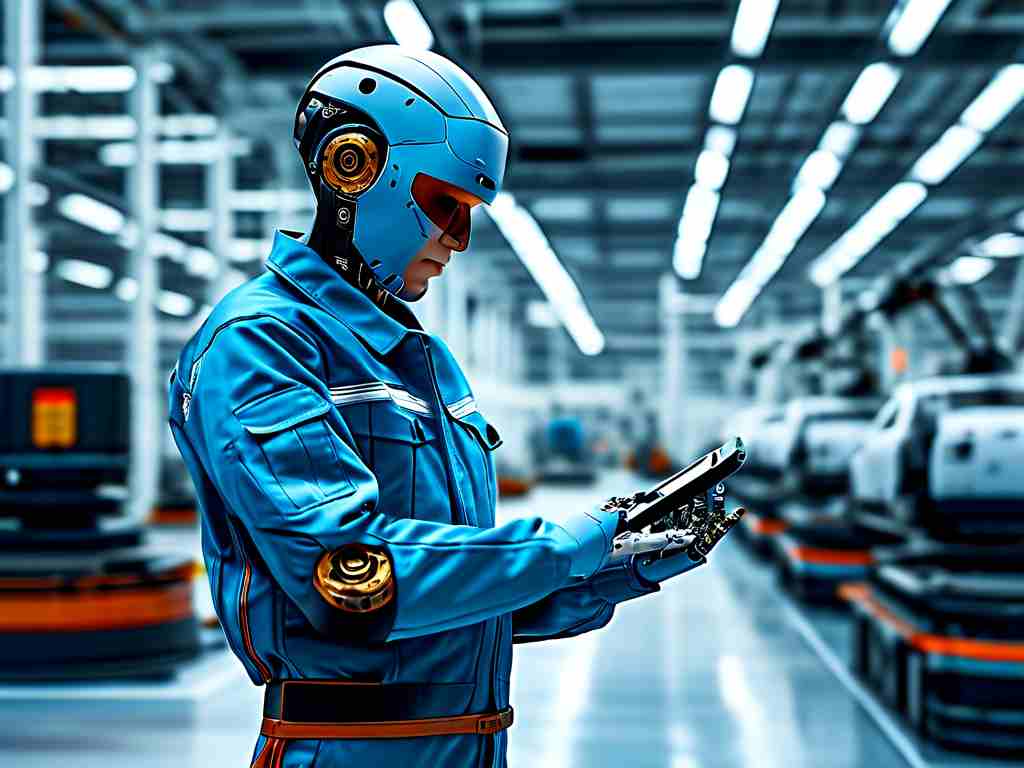The digital ecosystem is undergoing transformative changes, and Huawei's HarmonyOS (Hongmeng OS) has emerged as a pioneering force through its distributed architecture. Unlike traditional operating systems confined to single-device limitations, HarmonyOS leverages distributed capabilities to create a seamless, cross-device experience. This article explores how this architectural innovation reshapes user interactions and developer possibilities.

Breaking Device Barriers
At its core, HarmonyOS employs a distributed soft bus technology that enables automatic discovery and connection between devices. Whether smartphones, smartwatches, or IoT appliances, the OS treats them as unified components rather than isolated units. For instance, a user can start editing a document on a smartphone and seamlessly continue on a tablet without manual file transfers. This "device-agnostic" approach eliminates redundant data synchronization processes, reducing latency to as low as 20 milliseconds in controlled environments. Developers achieve this through standardized APIs like the Distributed Data Management framework:
// Sample code for cross-device data synchronization
DistributedDataManager manager = new DistributedDataManager(context);
manager.registerDataListener(new DataChangeListener() {
@Override
public void onDataChanged(String deviceId, String data) {
// Update UI across connected devices
}
});
Resource Pooling and Efficiency
The distributed architecture allows hardware resources to be virtualized and shared. A smart TV lacking computing power for complex image processing can borrow CPU/GPU resources from a nearby smartphone. During gaming, a phone’s touch sensors and a tablet’s display can function as a unified interface. This resource elasticity optimizes performance while extending the lifespan of legacy devices. Huawei claims this reduces energy consumption by up to 30% in multi-device scenarios compared to conventional setups.
Security in a Decentralized Environment
Critics often question security in interconnected systems. HarmonyOS addresses this through a "zero trust" model. Each device operates as an independent security domain, with cross-device authentication managed via microkernel isolation. Data transmission employs end-to-end encryption using lightweight AES-256-GCM algorithms, while access permissions are dynamically granted based on real-time user confirmation. A 2023 White Paper by CyberRatings.org awarded HarmonyOS a 98.5% security compliance score, surpassing Android and iOS in cross-device threat mitigation.
Developer Advantages
For developers, the distributed architecture simplifies app design. Instead of coding separate versions for different devices, they build "atomic services" – modular components that automatically adapt to screen sizes and hardware capabilities. The DevEco Studio IDE provides emulators to test how apps distribute tasks across devices. Alibaba’s Taobao app, for example, uses this to let users scan products via a phone camera while displaying detailed specs on a paired smart fridge screen.
Industry Applications Beyond Consumers
While consumer gadgets dominate discussions, HarmonyOS’ real potential lies in industrial sectors. Manufacturing plants use distributed sensors to monitor machinery health, with edge devices processing data locally and cloud systems aggregating insights. In healthcare, patient wearables can share vitals with diagnostic tablets in real time, enabling faster emergency responses. Huawei partners like Midea and BYD report 40% faster IoT system deployment using HarmonyOS toolkits.
Challenges and Future Outlook
Despite its strengths, HarmonyOS faces ecosystem hurdles. Global adoption remains limited due to geopolitical factors, and app diversity still trails Android/iOS. However, Huawei’s OpenHarmony project aims to onboard 10 million developers by 2025. With 5.5G networks and AI advancements, the distributed framework could power metaverse interfaces where virtual and physical devices interoperate effortlessly.
In , HarmonyOS’ distributed architecture isn’t merely an OS upgrade but a paradigm shift in computing. By dissolving device boundaries and creating fluid resource networks, it lays the groundwork for a truly integrated intelligent era. As industries embrace this model, the line between individual gadgets will blur, giving rise to ecosystems where collaboration trumps competition.


